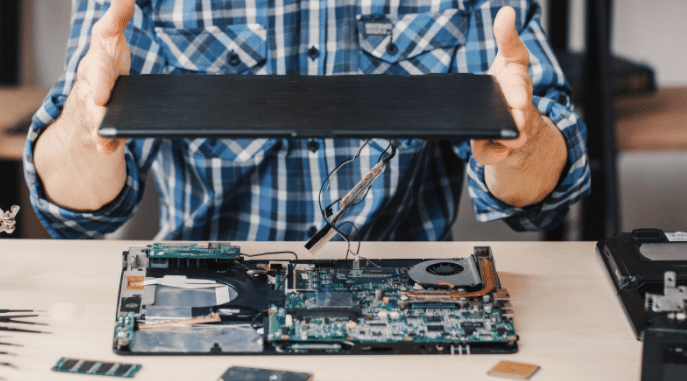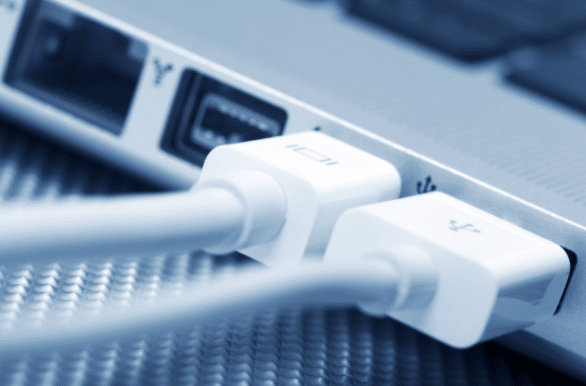A gaming laptop is excellent for on-the-go gaming, but with the appropriate hardware and accessories, you can enjoy a desktop-like experience at home as well.
A gaming laptop is simple to access and use while on the road. When you’re at home, though, you might want to use more gear and have a more desktop-like experience.
With the appropriate arrangement, you can immerse yourself in games with a larger screen, experience more precise control with gaming peripherals, and connect to a docking station that acts as a permanent anchor for all your devices and screens via a ThunderboltTM 3 cable.
In other words, you’ll receive many of the benefits of a gaming desktop while still benefiting from the portability of a gaming laptop. Finding the correct laptop is the first step in creating a laptop setup. Here are some tips from the best gaming tips.
The Fundamentals of Choosing the Best Gaming Laptop
The major problem in selecting a gaming laptop is finding a properly balanced setup. You’ll want to check closely at the hardware, design, and networking choices to verify that your new system can deliver the experience you’re looking for.
Components

Select a GPU and CPU that will provide you with the performance headroom you want. Keep in mind that these two key components in most computers are not readily replaceable. Look for a laptop that has the components you want to play the games you want at the resolutions and frame speeds you require.
Connectivity

Check that the system has enough connections, especially flexible connectors like the ThunderboltTM 3 port, which can connect to external displays and storage. The ThunderboltTM 3 connection, with data transfer rates of up to 40Gbps, is especially beneficial for transporting big files from an external drive. Because not all laptops have ThunderboltTM 3 ports, keep this in mind while shopping.
Design

Look for design aspects that appeal to you, such as a sleek chassis, narrow bezels (the border surrounding the screen), and sturdy frame materials, such as aluminum. Larger-screen laptops (17 inches and above) take up more space than 13-inch or 15-inch models, but they can give greater immersion. Even powerful laptops may now be relatively small, thanks to advancements in thermal design: some systems are less than 1″ thick. While the components you choose will still have an influence on weight and price, it is absolutely feasible to have a high-performance gaming laptop in a compact chassis.
Creating Your Ideal Laptop Streaming Setup
Professional equipment may give your material the polish it requires to stand out if you want to start broadcasting or editing gaming videos.
Consider an external mic

Consider using an external microphone to improve the quality of your audio, decrease background noise, and remove annoying pops or distortion. Even if you don’t require studio-quality equipment, a basic cardioid mic (which records sound from directly ahead) will most likely be a significant improvement over your built-in mic.
Pick up a 1080p or 4K webcam
Get a 1080p or 4K webcam to improve picture quality and control over your image. Webcams on the upper end may record 60+ frames per second, have built-in illumination, and capture larger fields of vision than the ordinary laptop camera.
External hard drive
Save highlight movies and gameplay to an external hard drive to avoid using up internal storage space.
Making the Most of Your Laptop
Making the proper home setup allows your gaming laptop to serve as both a commuting machine and a desktop-like gaming station. Once you’ve created the ideal environment, replete with external monitors, a full-size keyboard, and handy peripherals, all you have to do is plug in your gaming laptop and immerse yourself in the newest blockbusters.
Still, hunting for the perfect centerpiece for your table setting? Before making a choice, make sure you read our blogs at bestgaming.tips
